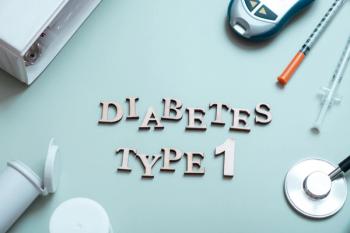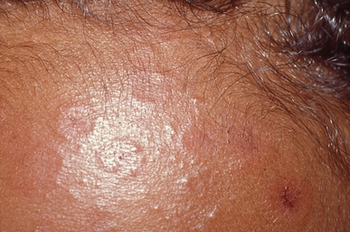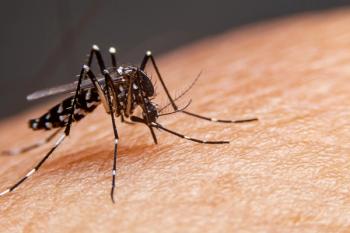
Look back at several quick video interviews discussing the expanding role of artificial intelligence, how RSV treatment has evolved, and much more.

Look back at several quick video interviews discussing the expanding role of artificial intelligence, how RSV treatment has evolved, and much more.

As the authors emphasized, “Expansion of these services will be essential to meet the needs of patients experiencing food allergy-related anxiety."

In all, 51.9% of patients entered with or achieved complete disease clearance at least once during the 48-week study.

Anger in health care affects both patients and professionals with rising violence and negative health outcomes, but understanding its triggers and applying de-escalation techniques can help manage this pervasive issue.

The TrustTSC trial did not achieve its primary endpoint of percent reduction in 28-day frequency of TSC-associated seizures.

Donna Hallas, PPCNP-BC, CPNP, PMHS, FAANP, FAAN, highlights key takeaways from our October Vaccine issue of Contemporary Pediatrics.

Infants, young children, and older adults are at the highest risk for pneumococcal infection, and viral illnesses, such as influenza, may predispose sensitive groups to pneumococcal infection.

Paul Helmuth, MD, joined us to discuss potentially practical ways to implement AI in practice, as well as the importance of being transparent with families when using the evolving technology.

Interim analysis of the phase 3 REGAL Trial is anticipated in this quarter of 2024.

In a recent study, infants of mothers with an influenza infection during pregnancy were significantly more likely to experience febrile seizures, but not epilepsy.

Brittany Bruggeman, MD, highlights the importance of newer, easier-to-use glucagon formulations in treating severe hypoglycemia in patients with type 1 diabetes.

Octavio Ramilo, MD, highlights key developments in the effort to prevent RSV disease in recent years, highlights vaccines and monoclonal antibodies.

This week, take a look at an approval for EDS, as well as highlights from IDWeek 2024, held in Los Angeles, California.

Melissa Fickey, MD, explains TMS therapy for major depressive disorder, and highlights key positive data for NeuroStar TMS Therapy, which was presented at the American Academy of Child and Adolescent Psychiatry (AACAP) meeting in Seattle, Washington.

Octavio Ramilo, MD, joins us to discuss new clesrovimab phase 2b/3 study data presented at IDWeek 2024 in Los Angeles, California.

In a recent study, a decrease in opioid dispensing was observed among youths undergoing surgical procedures, but rates remained high enough to warrant additional action.

There were no treatment or RSV-related deaths during the study.

"The magnitude of benefit, trajectory of symptomatic improvement, and dependency on the number of treatment sessions showed a treatment effect similar to that found in adults," stated study authors.

The approved indication is for patients aged 7 years and up with narcolepsy to treat cataplexy or excessive daytime sleepiness.

GLP-1 receptor agonists are increasingly being used to treat obesity in adolescents.

Investigators sought to test the efficacy of the Promoting Resilience in Stress Management (PRISM) intervention on levels of HbA1c.

The ongoing challenges of mental health, artificial intelligence, and the addressing of social determinants of health are key themes of pediatric health care are topics of discussion with Matthew Davis, MD, FAAP in this video interview.

"Many of my patients with poorly controlled seizures have tried cannabidiols. Unfortunately, they have not been effective in these nonsyndromic epilepsies," said Jon Matthew Farber, MD.

Brittany Bruggeman, MD, emphasizes that many patients with type 1 diabetes are unaware of the availability of advanced technologies like CGMs and automated insulin delivery systems.

John Loiselle, MD, discusses careful pediatric exams, the growing use of ultrasound in emergency departments, and the rise of mental health cases affecting care.

Can you diagnose this month's dermatology case?

Parents had a variety of preferences and motivations for acquiring prognostic genetic information about their child, but 4 major findings emerged from parental interviews. Click to read more.

Approval is based on a study in 116 adult and pediatric male patients with either severe hemophilia A or severe hemophilia B, both without inhibitors.

Can you diagnose the patient in this edition of puzzler?

Overall, 2 doses of TAK-003 successfully induced the production of neutralizing antibodies against all 4 dengue serotypes in at least 90% of adults, children, and adolescents, regardless of whether they were seronegative or seropositive at baseline.